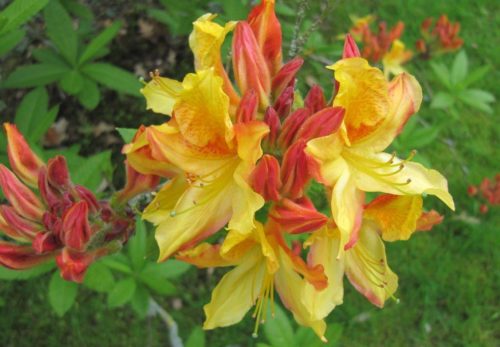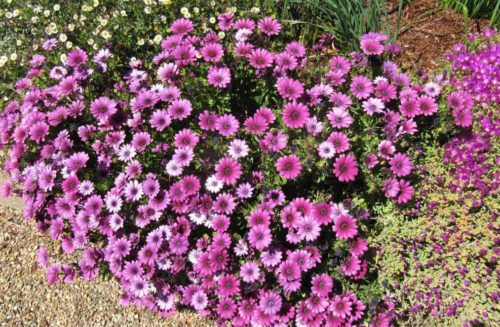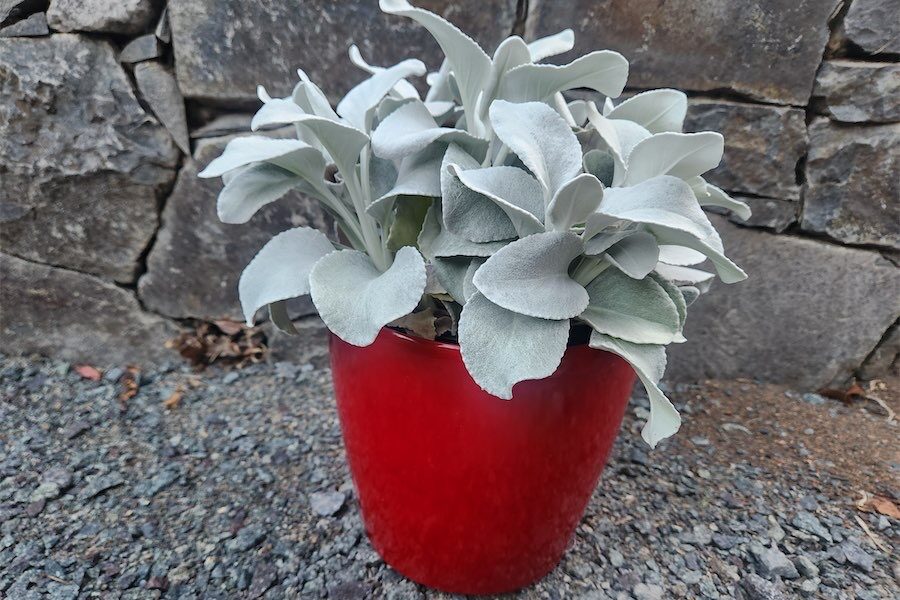
Gardening writer CEDRIC BRYANT celebrates the shrubs coming into flower as the weather warms.
THE weather is rapidly warming and with it comes a multitude of flowering shrubs.

It’s the perfect time to visit garden centres to choose these spring to early summer flowering shrubs, and to see the new releases for those striving to produce a plant that is not just different but substantially different.
Magnolias, rhododendrons, pieris and azaleas all originate in China. Magnolias with their majestic, magnificent bold flowers generally suit larger gardens. Rhodos, azaleas and pieris all have dwarf varieties, many of which are ideal for containers for balcony gardens. Check the label for their ultimate size; do you really have room for a seven-metre rhodo in your garden? Azaleas are part of the rhododendron family, separated by the number of petals and sepals. Rhododendrons are one of the most important and diverse groups of plants in cultivation. Azaleas can be both evergreen and deciduous, the latter renowned for their autumn leaf colours; whereas rhodos are all evergreen.
There are well over 1000 species of rhodos, their home mainly in the wild mountain ranges and gorges of China and Tibet. We have to thank five of the most famous plant hunters in history for introducing these spectacular plants to the west. Joseph Hooker, George Forrest, Joseph Rock, Frank Kingdon-Ward and Ernest Wilson in the 19th and early 20th century. I mention their names as their explorations are as good as any adventure stories: forging flooded rivers and fighting off bandits, as some of the first westerners to explore these countries, looking for rare plants.

ONE of the most colourful groundcovers is the osteospermum family, also known as the African daisy. There are more than 70 species native to southern and east Africa and into Arabia. Therefore it’s ideally suited to our climate. They’re related to other members of the daisy family including calendula and asters. For a while they seemed to go out of fashion but with modern breeding of new cultivars and a rapid increase in the variety of colours, they’re back in garden centres. Perfect for rock gardens and growing over walls, and suitable for large hanging gardens and in containers on balconies.
DO check out perennial plants, many in flower now and great for filling in gaps amongst the shrubs. There are some super new varieties, especially lavender.
GARDEN centres and supermarkets have been full of tomato seedlings for the last month! Unless you have a glasshouse or similar, the chances of ripe tomatoes before Christmas is nigh on impossible. Plant tomatoes, at the earliest, two weeks after Melbourne Cup day, which is the second or third week in November. They need warm soil, consistently warm days of 20C plus and warm nights. This applies to frost-sensitive veggies such as cucumbers and capsicums.
Who can be trusted?
In a world of spin and confusion, there’s never been a more important time to support independent journalism in Canberra.
If you trust our work online and want to enforce the power of independent voices, I invite you to make a small contribution.
Every dollar of support is invested back into our journalism to help keep citynews.com.au strong and free.
Thank you,
Ian Meikle, editor




Leave a Reply